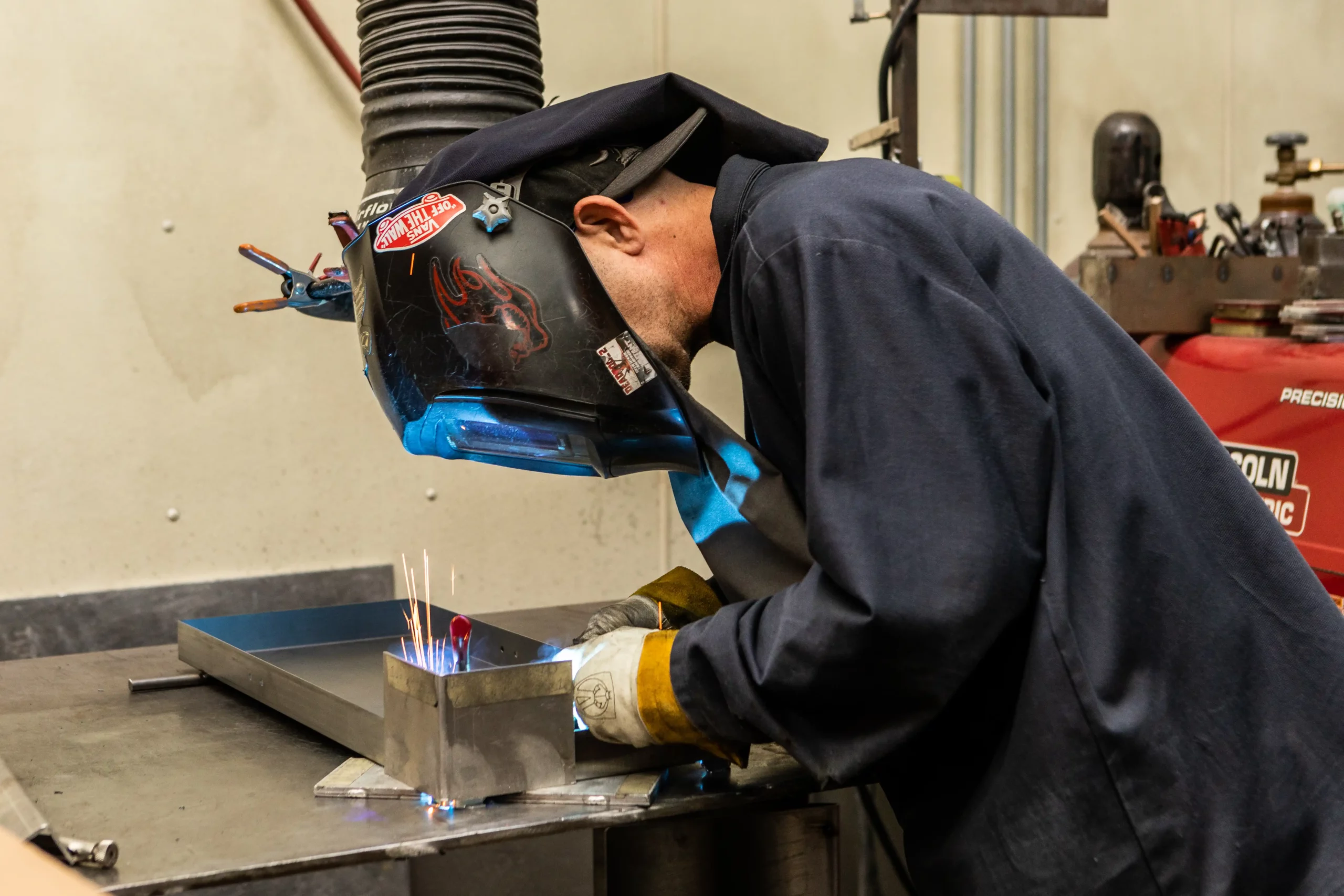Creating a Welding WPS: Step-by-Step Instructions for Professionals
Creating a Welding WPS: Step-by-Step Instructions for Professionals
Blog Article
Mastering Welding WPS Standards: Ideal Practices and Techniques for High Quality Welds
In the world of welding, mastering Welding Procedure Requirements (WPS) standards is an essential element that straight influences the high quality and integrity of welds. As we navigate via the intricacies of welding WPS requirements, revealing key understandings and approaches for achieving top-tier welds will certainly be critical for welders looking for to succeed in their craft and generate welds that stand the test of time.
Comprehending Welding WPS Requirements

Understanding WPS standards is vital for assessors, welders, and designers associated with welding procedures. By following WPS guidelines, welders can create welds that satisfy the required mechanical properties and architectural integrity. Assessors depend on WPS documentation to confirm that welding procedures are being adhered to correctly which the resulting welds are of excellent quality. Engineers make use of WPS requirements to design welding treatments that ensure the longevity and dependability of bonded structures.


Vital Devices for Top Quality Welds
Understanding welding WPS criteria is essential for welders to effectively utilize the necessary tools needed for creating quality welds. The type of welding equipment needed depends on the welding procedure being used, such as MIG, TIG, or stick welding. Wire brushes and breaking hammers are essential for cleansing the weld joint before and after welding to eliminate any contaminations that could affect the high quality of the weld.
Secret Strategies for Welding Success
To accomplish welding success, one need to understand the crucial methods vital for generating high-grade welds. One important technique is preserving the right arc size. Keeping the electrode at the optimal distance from the workpiece is crucial for developing solid, uniform welds. Additionally, managing the traveling rate is paramount. Moving also quickly can lead to inadequate penetration, while moving as well slowly can result in too much warmth input and potential problems. Appropriate adjustment of the electrode angle is an additional vital method. The angle at which the electrode is held can impact the bead shape and penetration of the weld. In addition, making sure constant gun angle and direction of travel is important for uniformity in the weld bead. Finally, preserving a stable welding and a constant hand placement throughout the procedure is crucial to accomplishing precision and consistency in the welds. By mastering these key methods, welders can elevate the quality of their job and accomplish welding success.
Ensuring Compliance With WPS Requirements

Additionally, preserving detailed records of welding criteria, equipment calibration, and examination results is critical for demonstrating conformity with WPS criteria. By carefully adhering to WPS standards, welders can make certain that their job satisfies the required top quality degrees and image source adds to the general success of the welding job.
Troubleshooting Common Welding Issues
To resolve this, ensuring appropriate cleaning of the base metal prior to welding and making use of the appropriate protecting gas can dramatically decrease porosity. Furthermore, distortion, splitting, and spatter are usual welding challenges that can be reduced with correct joint prep work, consistent heat control, and selecting the proper welding consumables. By completely understanding these typical welding concerns and their root causes, welders can successfully fix problems and attain top quality welds.
Verdict
To conclude, mastering welding WPS requirements needs a comprehensive understanding of the standards, utilizing important tools, and executing vital strategies for successful welds. Guaranteeing compliance with WPS criteria is important for producing high quality welds and avoiding usual welding concerns. By adhering to ideal practices and strategies, welders can accomplish constant and reputable cause their welding jobs.
In the realm of welding, mastering Welding Procedure Specification (WPS) requirements is a crucial element that straight influences the quality and stability of welds.When diving page into the realm of welding practices, a crucial facet to comprehend is the relevance and ins and outs of Welding Procedure Specification (WPS) criteria. WPS standards offer an in-depth standard for welding operations, making sure uniformity, high quality, and safety in the welding procedure. The type of welding machine required depends on the welding process being used, such as MIG, TIG, or stick welding.Accomplishing welding success through the proficiency of crucial techniques demands an extensive understanding and adherence to Welding Procedure Spec (WPS) requirements.
Report this page